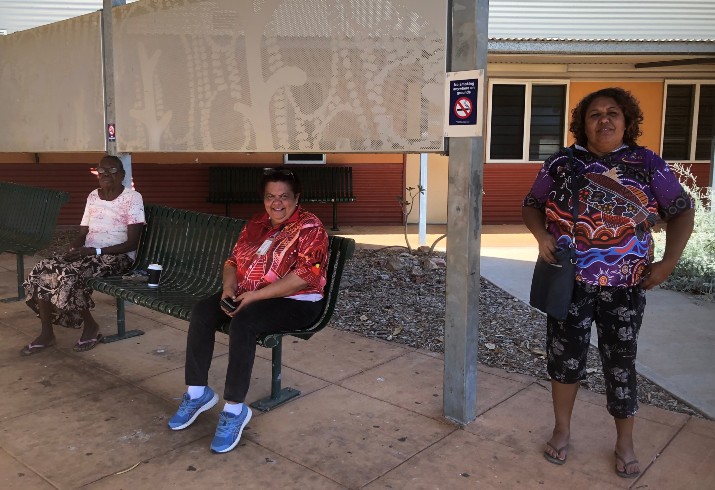Don’t stand so close to me

Over the last two years we have learned that one of the easiest, most effective ways of preventing the spread of COVID-19 is to maintain good physical distancing.
Physical distancing (sometimes called social distancing) means reducing the close physical contact we have with people and staying 1.5 metres away from people we don't live with.
While we’ve enjoyed a period of zero community spread of COVID in WA, we’ve also started to relax our physical distancing habits.
It’s time to get back in the habit of maintaining a distance of 1.5 metres from others, wherever possible.
Many businesses and public places have helpful markers to let you know how far to stand apart from someone; as a simple guide, 1.5 metres is roughly the distance of standing with your arms outstretched.
Rural and remote WA might seem like the perfect place to practice physical distancing, but it becomes much harder to stay 1.5 metres apart from others in town, at school, at work or at the shops.
In some cases, like on public transport, it can be difficult to maintain physical distancing, so if you can, perhaps wait for the next bus or plan ahead and travel during the less busy times between 10am and 3pm, if you can.
Physical distancing also means avoiding contact such as shaking hands; you should greet friends, family and colleagues with a wave.
It’s also important to remember to stay home and limit interpersonal contact if you’re unwell and remember to get tested and isolate if you have any COVID-19 symptoms.
Right now, avoiding close contact with others is extremely important.
Keeping 1.5 metres away from each other may not be an exact science, but by keeping a sensible and practical distance between you and others, you can help to keep our country communities safe.

